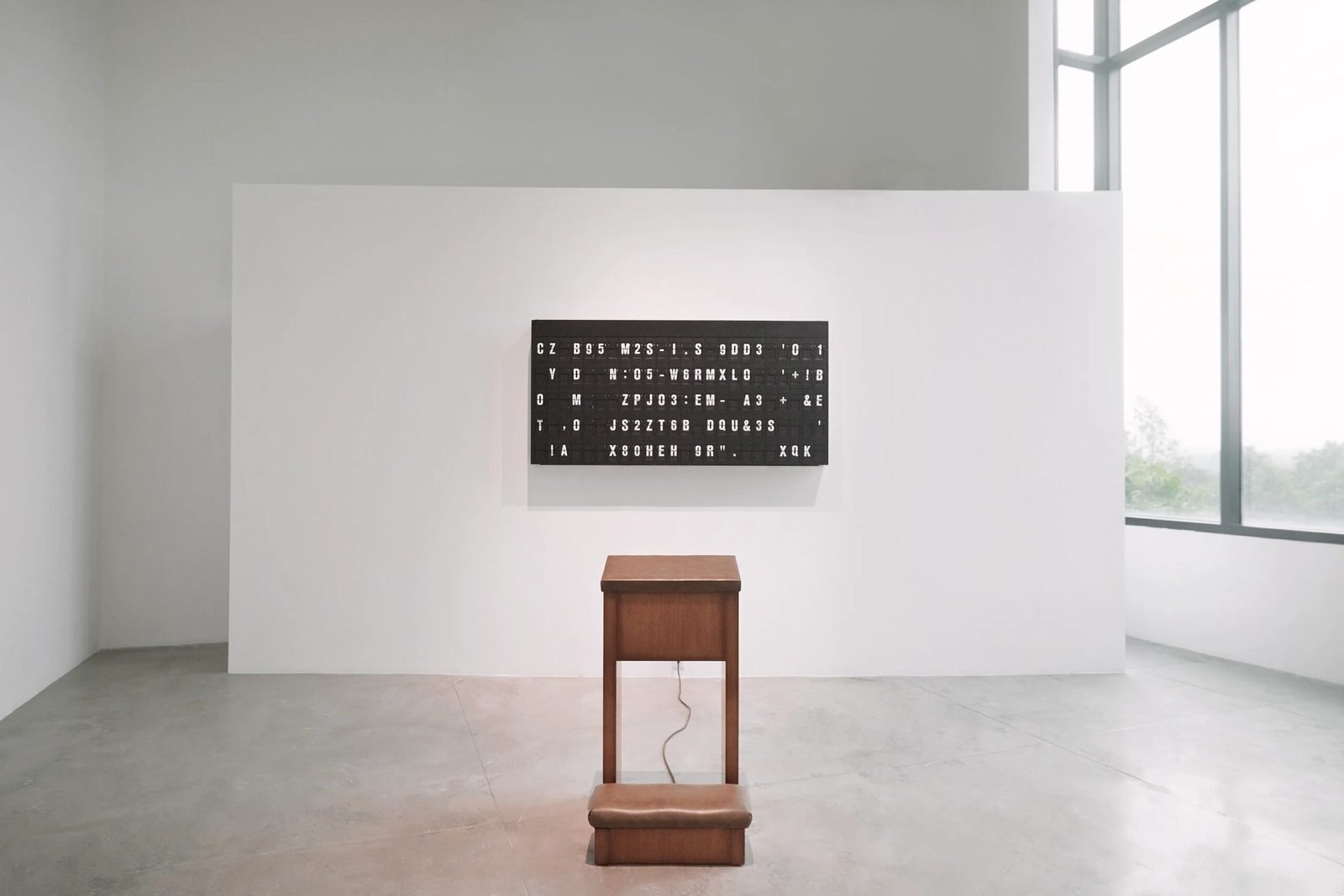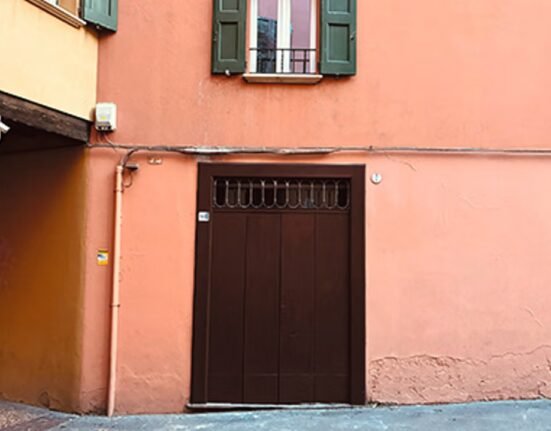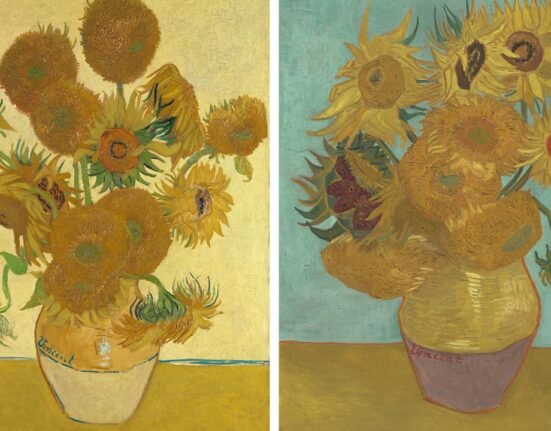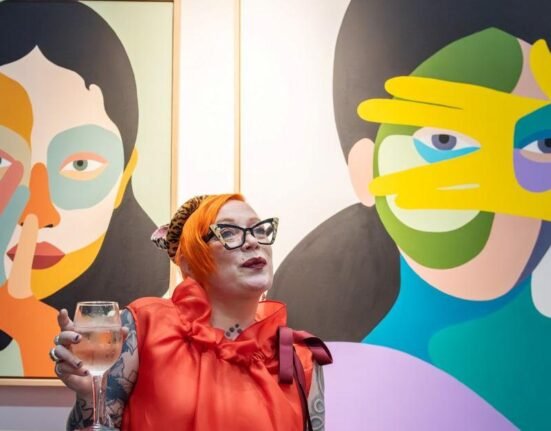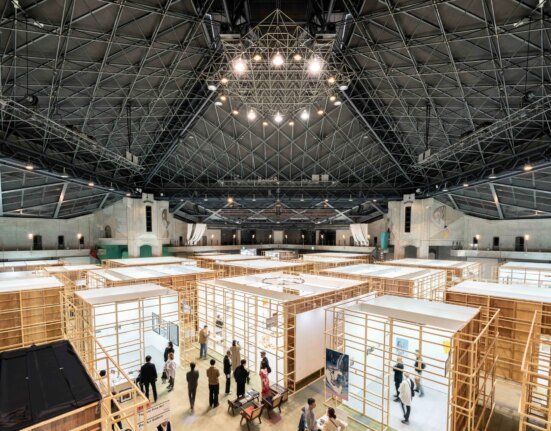
Art Basel is working to catch up with the shifting behaviors and tastes of a new generation of collectors—those who will shape the art world’s future—and an audience increasingly attuned to technology and digital assets. Many of these collectors will travel to Miami for the city’s buzzy art week thinking they’re unlikely to encounter offerings that reflect their interests at the mega fair. But Art Basel Miami Beach will look a little different this year with the launch of Zero 10, which puts digital art front and center on the fair’s main floor. “Not upstairs, not offsite. This will be central to the Miami Beach fair experience and its 100,000 attendees and 10,000 onsite collectors,” digital art strategist Eli Scheinman, who is curating the section, proclaimed on X.
Presented with the support of OpenSea, Zero 10—which is debuting in Miami but will roll out at other Art Basel fairs next year—connects the expanding digital art community with the established structures of the international art market. Borrowing its name from “0,10,” (Kazimir Malevich’s groundbreaking 1915 exhibition in Petrograd that reimagined the possibilities of artistic language), Zero 10 is Art Basel’s attempt to redefine how digital art can be experienced, understood and acquired in today’s art market.
The inaugural Zero 10 presentation will feature 12 leading galleries and studios long active in the digital sphere, including AOTM, Art Blocks, Asprey Studio, Beeple Studios, bitforms gallery, Fellowship, Heft, Visualize Value, Nguyen Wahed, Onkaos, Pace Gallery and SOLOS. There will also be a solo presentation by internationally acclaimed digital artist Lu Yang, with a work on loan from the UBS Art Collection.
The launch of the section comes amid a major shift in collecting habits. If the pandemic accelerated the digitalization of the art world, digital channels and artistic formats have since become increasingly integrated into the “traditional” art system. The 2025 Art Basel & UBS Survey of Global Collecting reveals that digital art has officially emerged as a core category of acquisition, with online platforms—including social media and direct-from-artist sales—now mainstream avenues for engagement.
The mainstreaming of digital art
Fifty-one percent of high-net-worth collectors reported buying a digital artwork in 2024/25, making digital art the third-largest category of fine-art spending (about 14 percent), nearly on par with sculpture, while painting remains dominant at 27 percent. Looking ahead, 23 percent of HNW collectors plan to expand their digital art holdings, up from 19 percent in the previous survey. Next-generation buyers are driving this growth, with Gen Z collectors representing 26 percent of respondents and a striking 63 percent of them reporting a digital art purchase in 2024 or 2025.
Zero 10 builds on a series of recent Art Basel initiatives advancing the intersection of art, technology and market infrastructure. These include the Digital Art Council, which brings together leading collectors, artists and institutional voices to guide Art Basel’s engagement with digital practice; the Digital Dialogues program, a global conversation series exploring art and technology; and large-scale digital showcases across the fairs—such as Bright Moments’ DREAM-0 by Huemin at Art Basel Miami Beach 2024 and a curated presentation of digital works within the Encounters sector at Art Basel Hong Kong 2025. Complementary projects—including the A.I.-powered Art Basel App and the expansion of digital editions in the Art Basel Shop—further underscore the fair’s commitment to operating seamlessly across both physical and digital platforms.
Meanwhile, museums are embracing digital art with new urgency, moving from isolated experiments to sustained institutional engagement. The Buffalo AKG Art Museum recently presented “Peer to Peer: Digital Art as Community,” one of the first U.S. museum exhibitions devoted entirely to blockchain-based and generative practices, positioning digital creation within a broader lineage of conceptual and participatory art. After the exhibition concluded, the museum acquired tokenized editions of all sixteen works—making it the first major collection of NFTs acquired by an American art museum. The museum has also expanded its holdings of digital art in recent years, adding works by generative and NFT-native artists such as Casey Reas, Sarah Meyohas and IX Shells. Most recently, it announced the acquisition of three portfolios and eight individual works of early computer art, spanning the mid-1960s to early 1980s.
The Toledo Museum of Art is another U.S. institution at the forefront of this field, integrating digital and generative practices into both its collection and curatorial programming. Under the leadership of director and CEO Adam Levine, the museum has demonstrated its awareness of shifting tastes and the evolving ways new generations experience art through exhibitions such as the recent “Visual Language: The Art of Data,” and acquisitions exploring the intersections of code, design and perception, positioning itself as a key voice in articulating how digital media extends the modernist dialogue between technology and form.
The Whitney Museum of American Art has expanded its online gallery to showcase born-digital commissions—works that exist natively on the web, opening new questions of access, authorship and preservation. At MoMA, what began with Refik Anadol’s immersive data installation in the museum’s atrium has evolved into an ongoing program exploring the aesthetics and ethics of digital, algorithmic image-making and artistic production. On the West Coast, LACMA has been among the most proactive institutions in this space, launching its Art + Technology Lab and partnering with artists and technologists to explore blockchain, A.I. and extended reality, while actively building a collection of NFTs and time-based digital works.
At the same time, a new generation of institutions devoted entirely to digital and immersive artworks is expanding rapidly worldwide. Anadol is set to make history by opening the world’s first institution dedicated entirely to championing, promoting and showcasing the creative synergy between art and A.I., while spaces such as the ARTE MUSEUM, founded by the Korean collective d’strict and teamLab’s growing network of experiential museums—from Tokyo to Abu Dhabi and Hamburg—are redefining what a museum can be in the digital age. By merging large-scale projection, algorithmic animation and environmental design, they create multisensory spaces that blur the boundaries between art, technology and architecture. Their popularity across audiences reveals not only an increasing appetite for technologically mediated experiences but also a broader cultural shift toward interactive forms of aesthetic engagement—signaling that digital art has moved from the margins to a defining expression of global visual culture.

